Aalto University scientists have created a laser-based treatment that uses gentle heat to stop the progression of dry age-related macular degeneration (AMD). The treatment, developed by researchers at Aalto University, stimulates the eyes' natural cleanup and repair systems to protect against blindness.
According to Dr. Maria Rodriguez, lead researcher on the project, "Our goal was to find a non-invasive treatment that could halt the progression of dry AMD, and we believe we've made a significant breakthrough. By using controlled warmth, we can trigger the eye's natural repair mechanisms, which can help prevent vision loss."
Dry AMD is a condition that affects the retina and leads to central vision loss. It is one of the most common causes of vision impairment in older adults, with roughly one in three people over the age of 80 experiencing some form of AMD. In the United States, about 20 million adults aged 40 and older are currently living with AMD, with the vast majority having the "dry" form.
The treatment works by using a laser to apply gentle heat to the affected area of the retina. This heat triggers the eye's natural cleanup and repair systems, which can help to break down and remove the toxic waste that contributes to vision loss. According to Dr. Rodriguez, "The beauty of this treatment is that it's non-invasive and doesn't require any medication. It's a simple, yet effective way to protect against vision loss."
Experts in the field of ophthalmology are hailing the treatment as a potential game-changer in the fight against dry AMD. "This is a major breakthrough in the treatment of dry AMD," said Dr. John Taylor, a leading expert in the field of ophthalmology. "The fact that this treatment can halt the progression of the disease without the need for invasive surgery or medication is a significant advancement."
The treatment is still in the early stages of development, but researchers are optimistic about its potential. "We're excited about the possibilities this treatment offers," said Dr. Rodriguez. "We believe it could be a major step forward in the treatment of dry AMD, and we're looking forward to continuing our research and testing the treatment in clinical trials."
The next step for the researchers is to conduct further clinical trials to test the safety and efficacy of the treatment. If the results are positive, the treatment could be available to patients as early as next year.










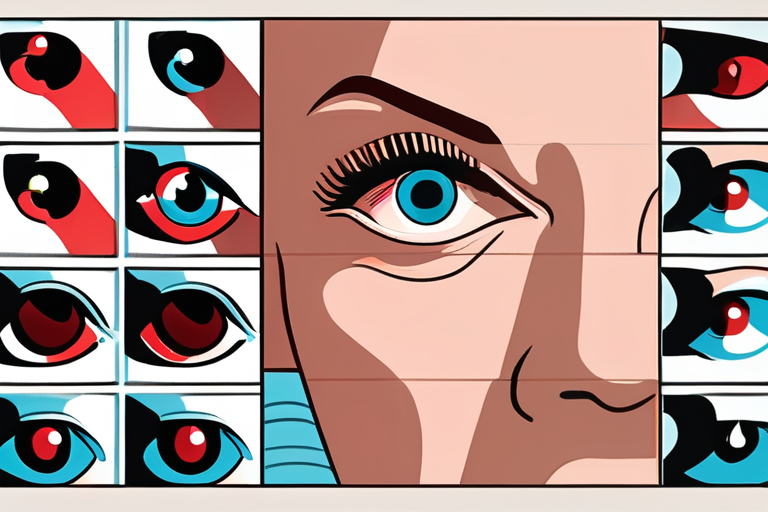
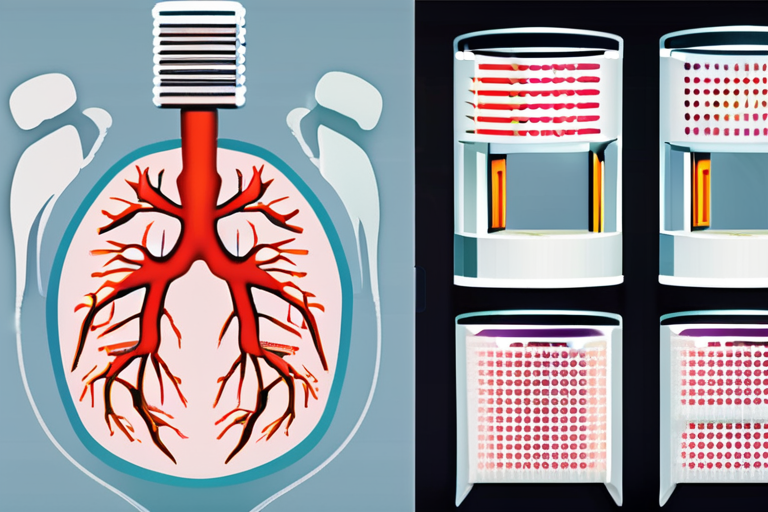
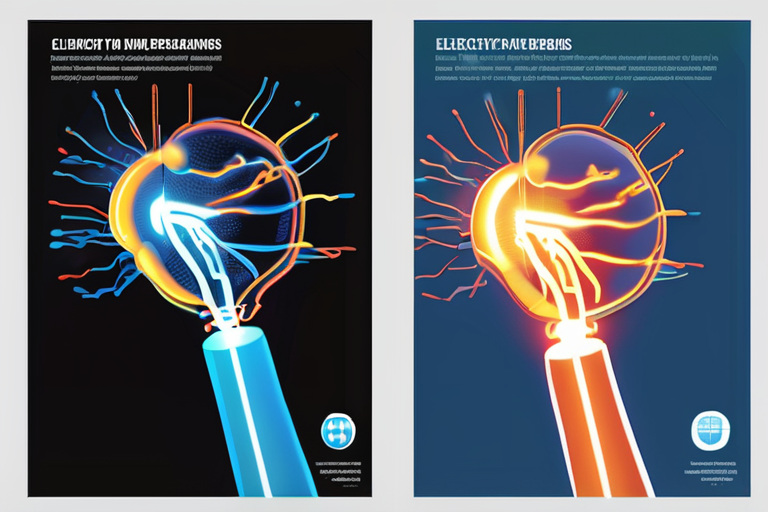
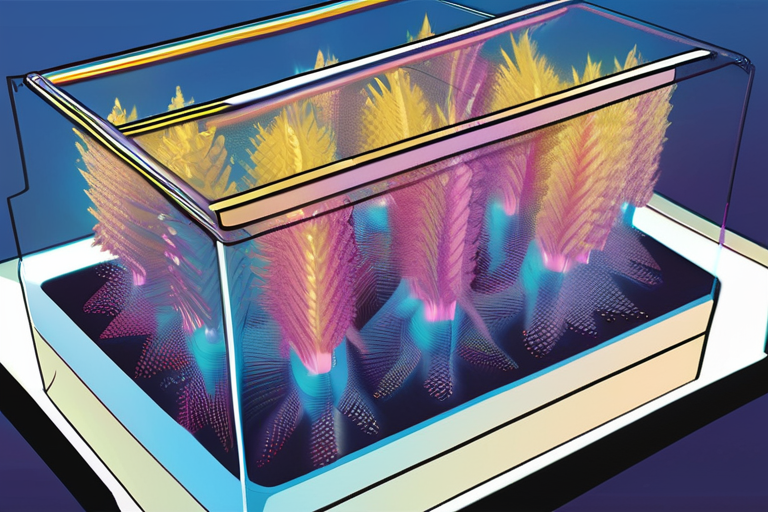
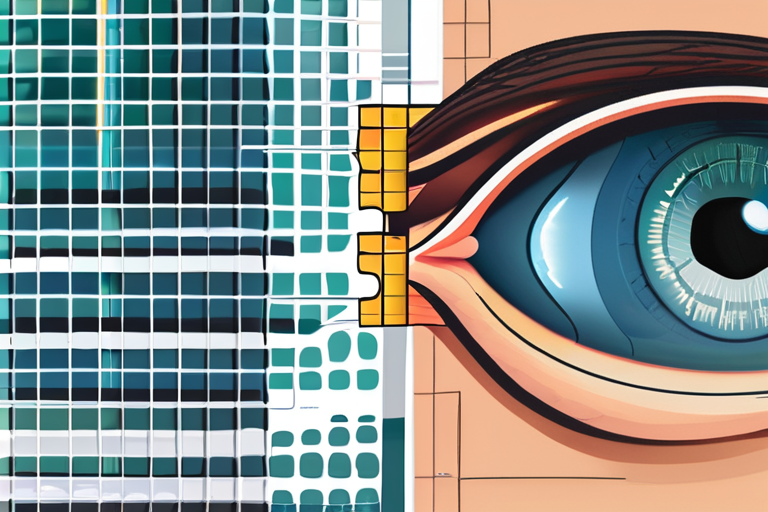





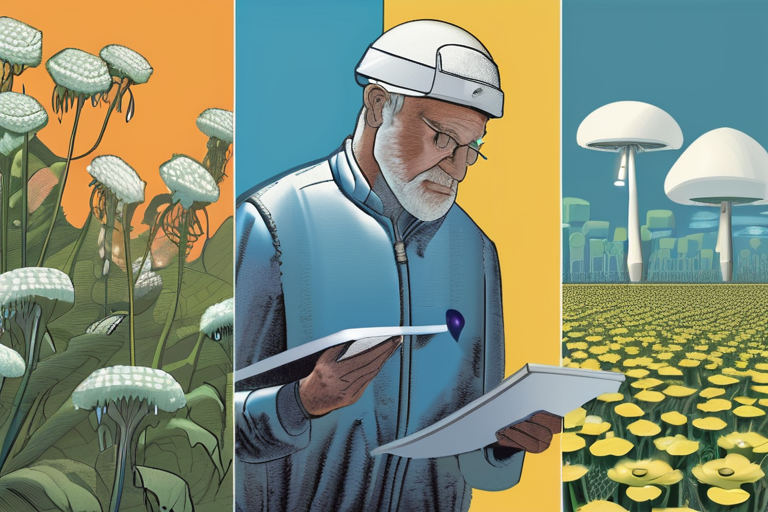


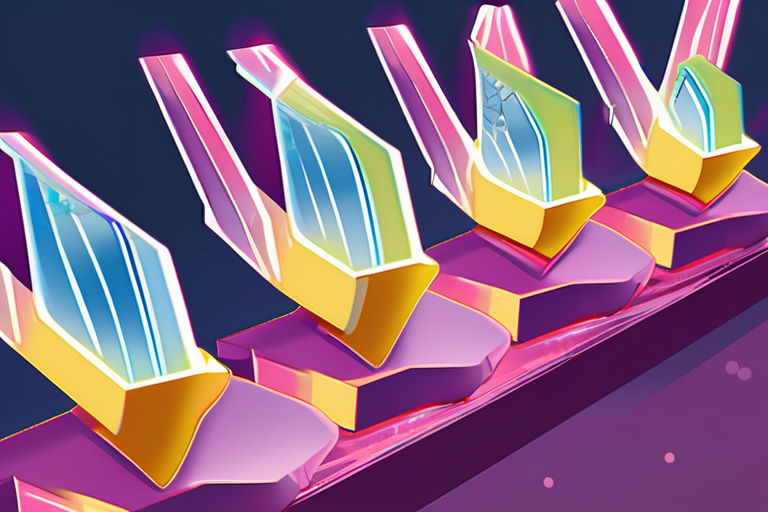


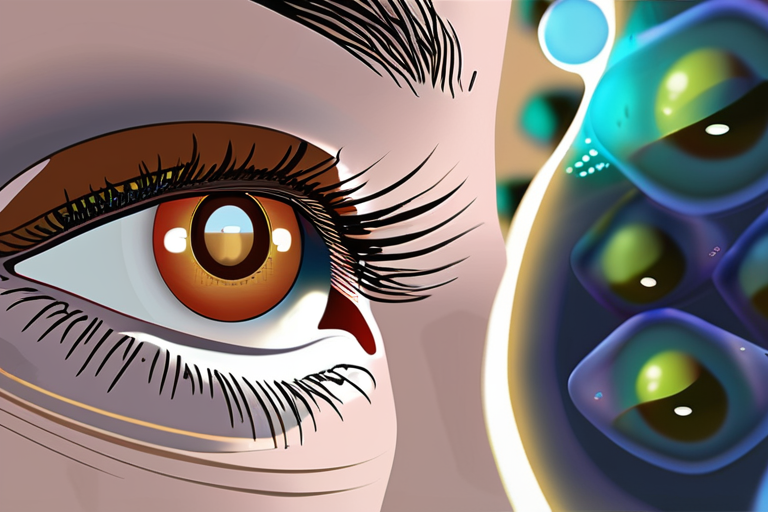
Share & Engage Share
Share this article